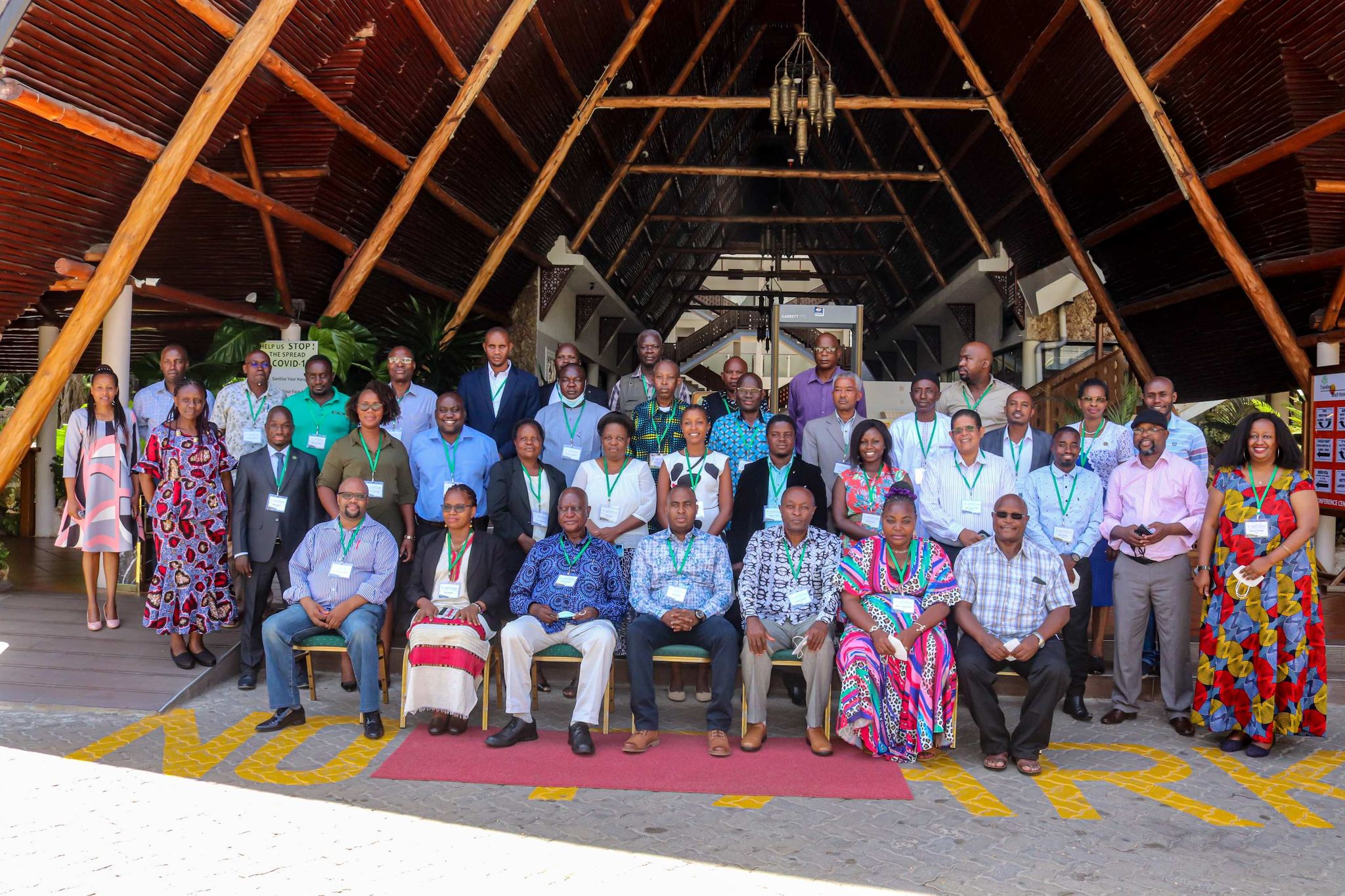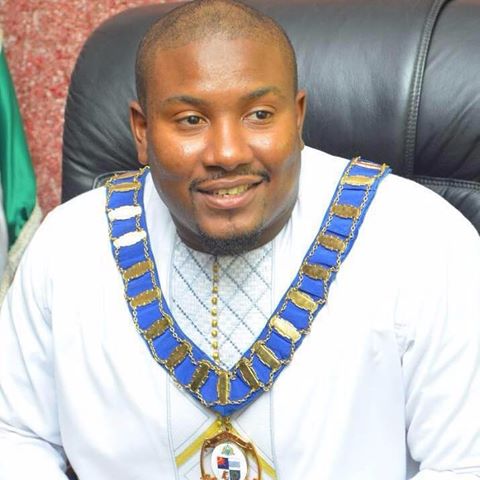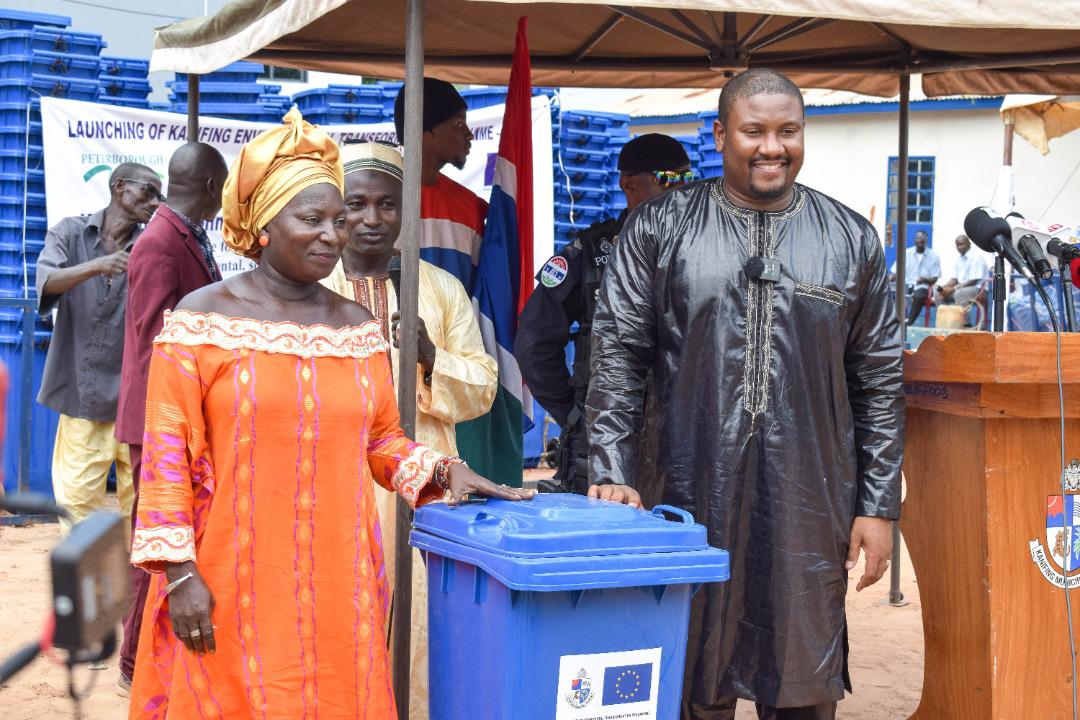Frature
Madam Perpetua Katepa-Kalala, Residence Representative of FAO in the Gambia has revealed that the objective of the Canary Current Large Marine Ecosystem (CCLME) project is designed to help countries to bring together knowledge and capacity-building in order to establish adequate mechanisms of good governance to manage, and to reverse the trend of degradation of this ecosystem, caused by overfishing, habitat change and changes in the quality of the water, by adopting a management based on the ecosystem approach.
She was speaking at the official opening ceremony of the Seventh steering committee meeting of the project on the “Protection of the Canary Current Large Marine Ecosystem” (CCLME) held at a local hotel in Banjul.
“The current phase of the CCLME project was initiated in 2010 and is jointly funded by the Global Environment Fund (GEF), countries of the region and partners. It is being implemented by FAO and the United Nations Environment Program (UNEP) with two components: Fisheries and Environment. This project will benefit seven countries namely Cape Verde, The Gambia, Guinea, Guinea Bissau, Mauritania, Morocco and Senegal”. She pointed out.
She disclosed that it was at the CCLME first project steering committee meeting held in Dakar, Senegal in 2010, where agreement was made on the establishment of eight technical working groups to assist the process of development of a Transboundary Diagnosis Analysis (TDA) and the elaboration of a Strategic Action Plan (SAP) for the CCLME. These tasks, she noted were achieved with success while the Strategic Action Plan (SAP) was signed by 12 Ministers of Environment and Fisheries of the 7 countries.
Adam Katepa-Kalala further disclosed that CCLME demonstration projects have also made significant progress to respond to the issues addressed in their frameworks, while diverse actions could be replicated in the frame of the implementation of the Strategic Action Plan. This Seventh Steering Committee meeting will allow you to review the achievements of the project and examine the status of the main products of the project, while it also serve as an opportunity to analyze plans for the coming year.
In conclusion, the FAO-Gambia boss thanked the government of Gambia for their constant support in the implementation of the project and for the organization of this meeting, Global Environment Facility and other partners of the project whose assistance is essential to meeting the objectives of the project.
In his remark on behalf of the Hon. Minister of Environment, Climate Change and Natural resources, Senior adviser to the Minister Dr. Malanding Jaiteh disclosed that the complexity of this ecosystem and the diversity of the interventions that it undergoes explain the relevance of the participatory approach taken by this project. It promotes across national boundaries, the agreement at the regional level that will enable countries to adopt a coordinated approach to deal with cross-border problems in various countries sharing this marine and coastal environment.
This collaborative approach is probably the best way to improve the health of this ecosystem he pointed out adding that the participation of the Gambia in project reflects the interest of our country in the management of its marine and coastal environment as the engine of environment development and with the conviction that it is only through sharing of our expertise that we can meet the challenges facing our country in all areas, including that of fishing.
Dr. Bamba banja Permanent Secretary of the Ministry of Fisheries, Water resources and National Assembly matters noted that the CCLME is one of the main global systems of transboundary currents with upwelling, and it also ranks third in the world in terms of primary productivity, after the large marine ecosystems (LMEs) of Humboldt and Benguela, and it provides the highest fish production of any African LME with an annual production between 2 and 3 million tons.
Dr. Banja revealed that it also provides ecosystem goods and services including habitats for fishes and other coastal species, freshwater coastal and estuarine rivers, mangrove forests, maritime and coastal areas for agriculture, aquaculture, urban tourism and transportation.
The CCLME is a vital food and economic resource, not only for the coastal populations bordering the Large Marine Ecosystem, but also for much of West Africa, and beyond. He concluded.
Author: Sheikh Alkinky Sanyang





